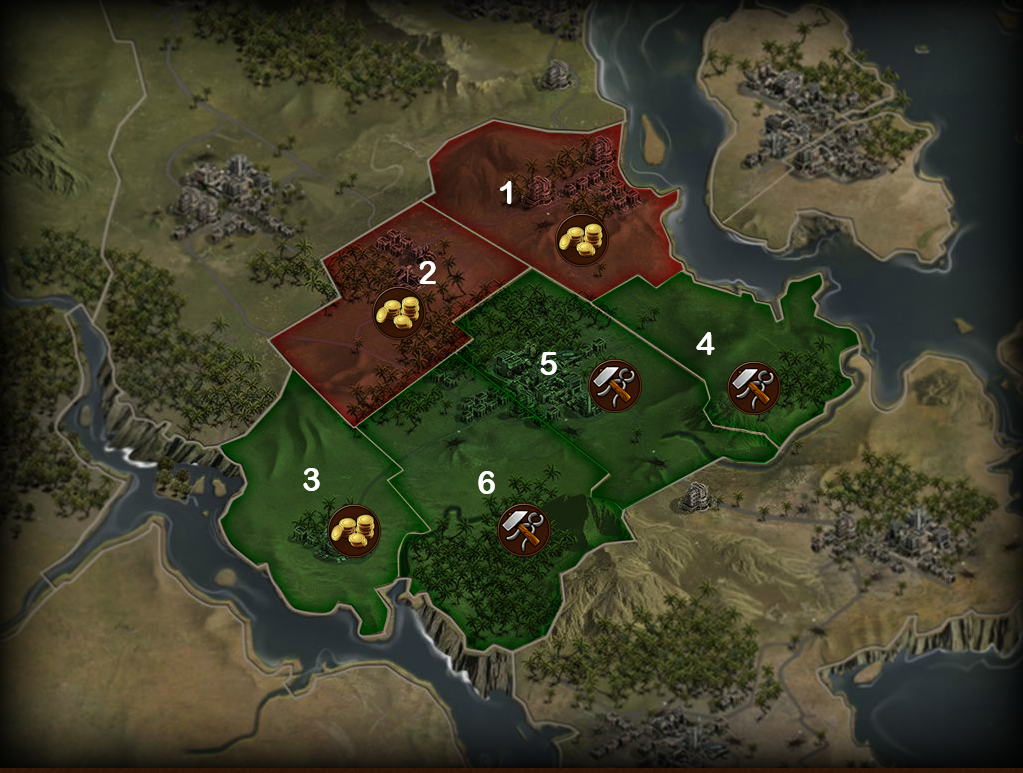
The ongoing experiment with the form may suggest that it has a close relationship to certain fundamental poetic compulsions. Almost five centuries later, in the age of so-called ‘free verse’, the sonnet retains a particular allure – and continues to invite what one may call discrepancy. His sonnets indicate a reluctance to find easy solutions to the problem of writing truthfully, and a recognition that poetic form often has to give way to various kinds of awkwardness if it is to register the sometimes messy travails of thought and feeling. He did not always write in what we now think of as conventional poetic metre or rhythms. Thomas Wyatt translated Petrarch in ways that were somewhat idiosyncratic, and that suited his particular aims as a poet. What is it about the sonnet that contemporary poets feel compelled to revisit, while also deviating from its conventional attributes? Even as the sonnet was first being adapted from the Italian language into English it immediately sounded different from its Italian models. The book concludes with a step by step guide to verse construction, a chapter on translating Italian, French, German and Sanskrit poetry into English forms, and a final 50 page bibliography Then follow chapters on the sonnet, lyrics, rhyming couplets, ode, pastoral elegy, light verse, blank, narrative and dramatic verse, modernist and postmodernist styles, and performance poetry. The opening chapters cover the theory and aesthetics of verse, genre considerations, sentence structure and rhetoric, stanza forms and word choice, sound patterning, metaphor and imagery, metre and rhyme. The theory sections explain not only what poets are and have been trying to do, but why verse takes its often stylized forms.



Illustrated with copious examples ranging from Chaucer to contemporary American poets, plus hundreds of Internet links, this guide bridges the gap between self expression and the production of professional work worthy of detailed literary study.

An updated and expanded, free 568-page book on verse as an art form - a practical guide to writing verse in traditional, Modernist and Postmodernist styles.


 0 kommentar(er)
0 kommentar(er)
